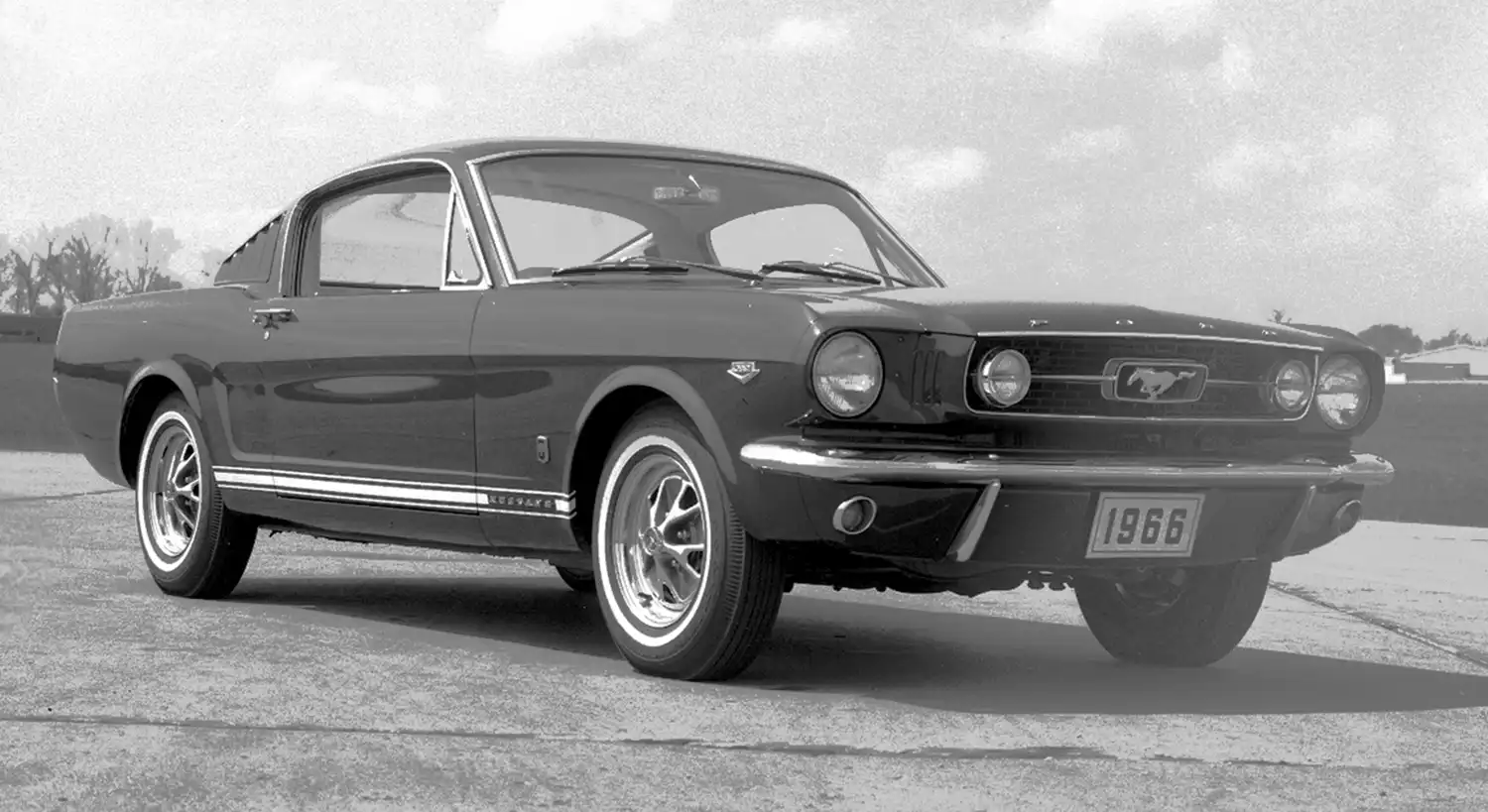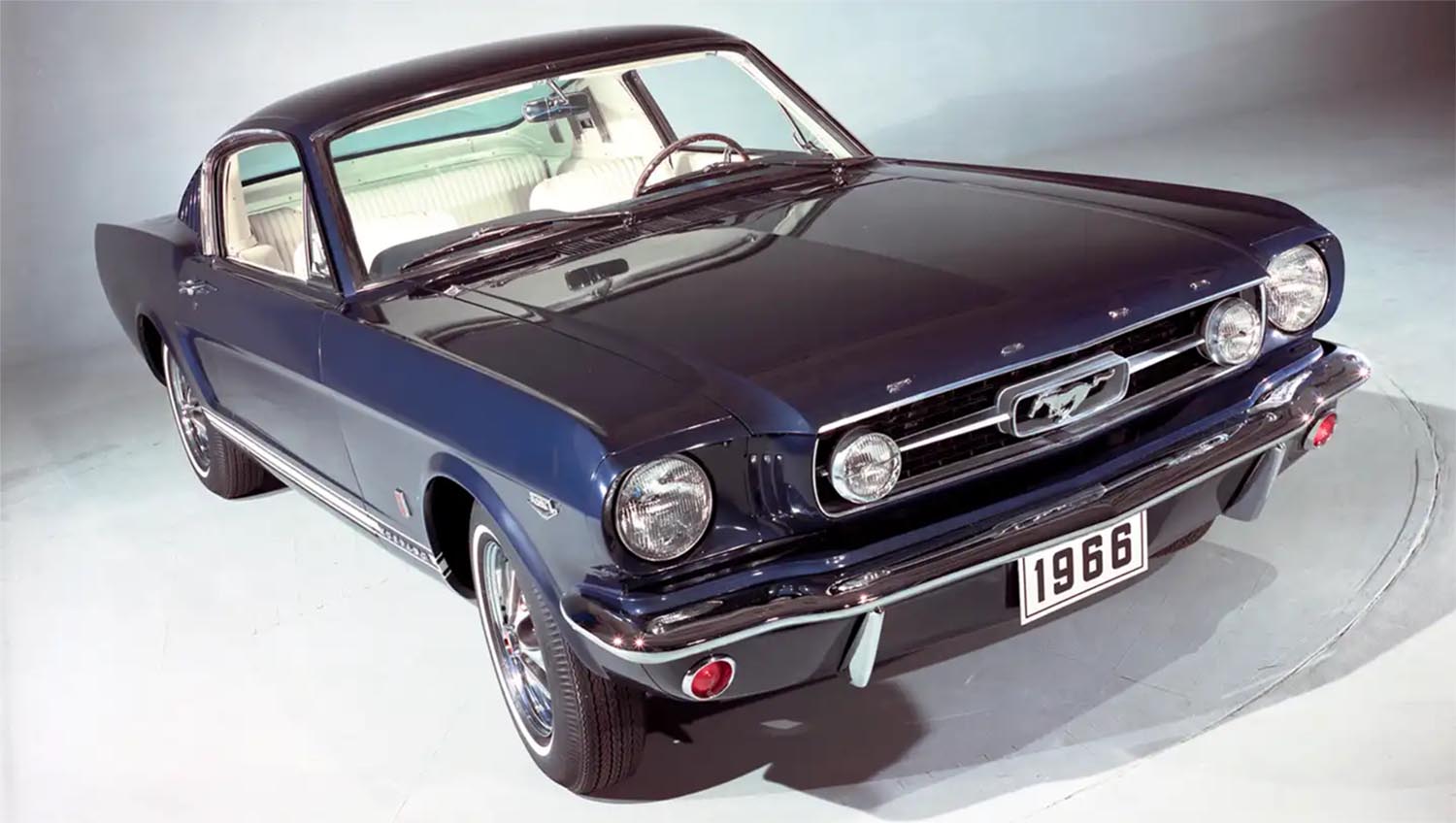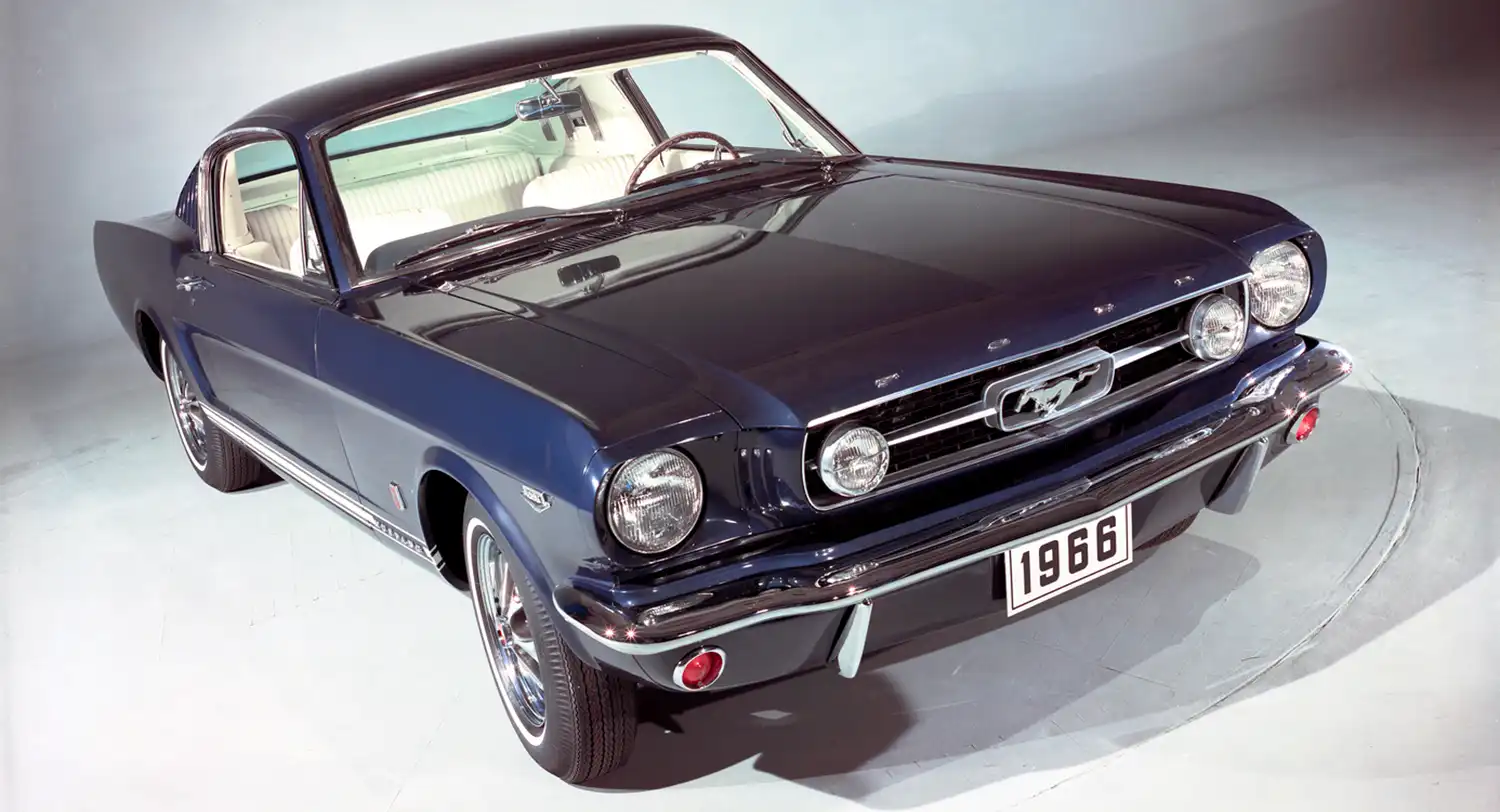
The Ford Mustang immediately became an automotive sensation after its mid-1964 debut. This new model quickly captured the public’s imagination with its sporty design and affordable price point. In fact, its immediate popularity established an entirely new segment, the pony car. The 1966 Ford Mustang GT Fastback perfectly represents the first-generation’s peak of style and performance.
Classic Pony Car Design and Styling
The 1966 model year carried forward the iconic long hood, short deck proportions. These defining lines set the standard for the entire pony car segment. The fastback body style was particularly aggressive. It featured a gracefully sloping roofline down to the rear decklid.
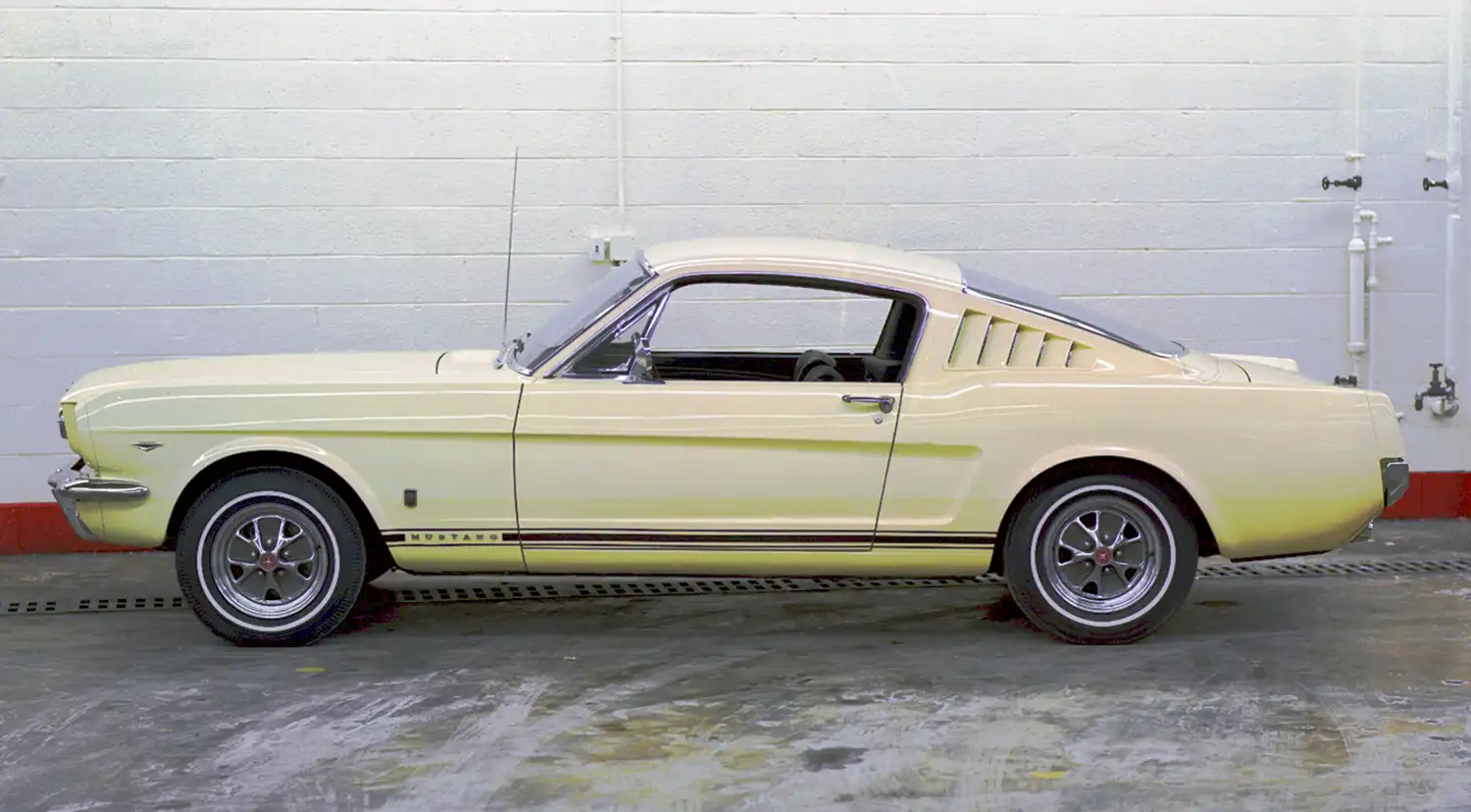
Subtle Styling Refinements
The design team made minor but notable revisions for 1966. For instance, the grille was updated to feature horizontal bars. This change eliminated the “floating” center bars of the earlier 1965 model. A new gas cap design was also fitted to the rear.
Visual Cues of the GT Package
The desired GT equipment package added important visual differentiation. These GT models are instantly recognizable. They typically featured fog lamps cleverly integrated into the grille. Furthermore, exclusive GT badging appeared on the front fenders.
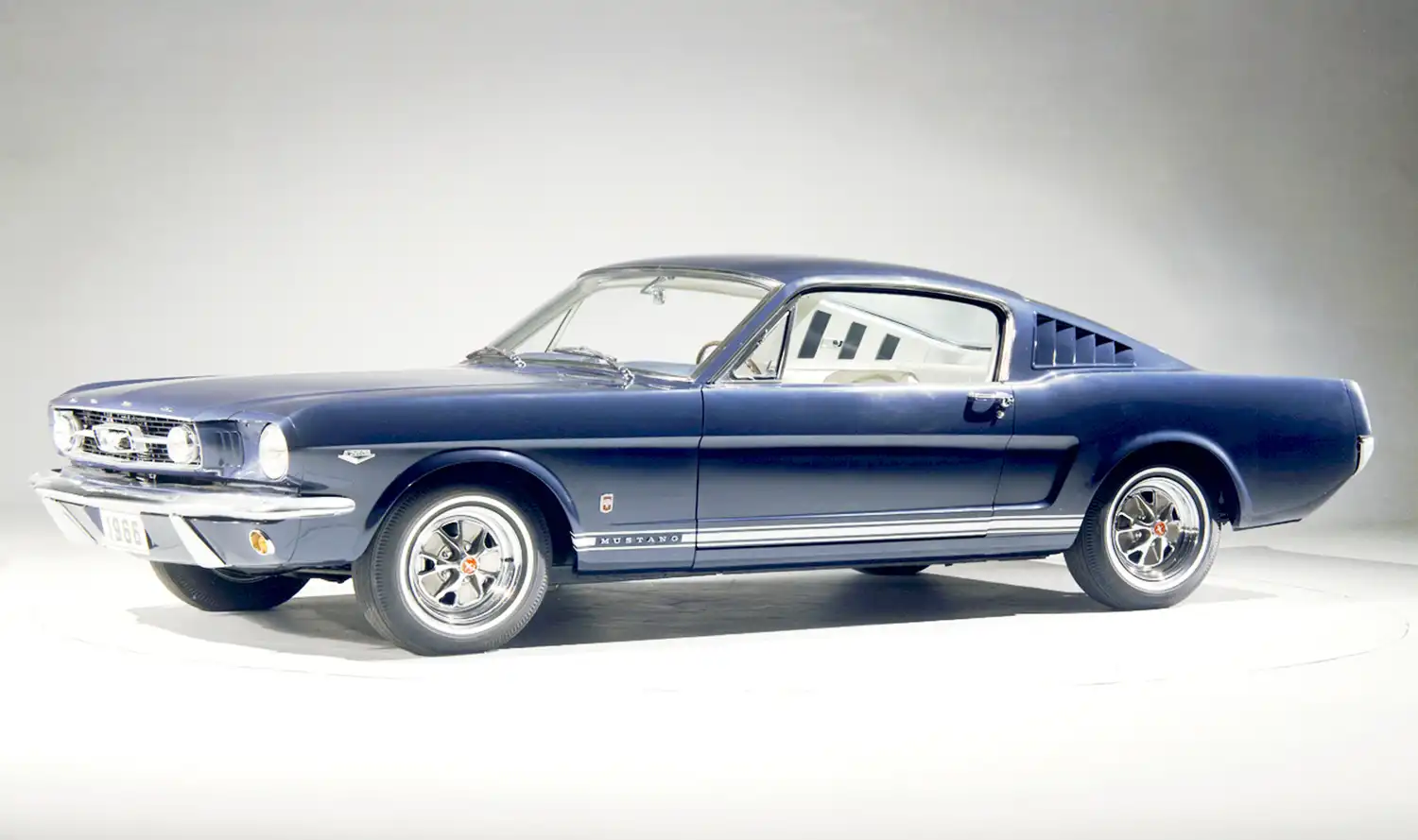
Black rocker panel stripes accentuated the side profile. Dual exhaust pipes exiting through the rear valance also announced the car’s pedigree. The overall aesthetic exudes a potent blend of performance and youthful energy.
Performance and V8 Engine Powertrain Options
The GT package was traditionally mated to the more powerful V8 engines. Therefore, performance was prioritized in these specific models. The most popular choice was the 289 cubic inch V8. This engine was offered in multiple power outputs from the factory.

Multiple 289 V8 Output Levels
The standard 289 V8 engine produced a solid 200 horsepower. This version used a two-barrel carburetor. Stepping up, the “A-code” version utilized a four-barrel carburetor. This setup increased the output to a more robust 225 horsepower.
The High-Performance K-Code
Enthusiasts craving maximum power opted for the “K-code” Hi-Po V8. This specialized 289 cubic inch engine delivered 271 horsepower. The Hi-Po featured solid lifters and a high-performance camshaft. This made it the performance pinnacle of the lineup.
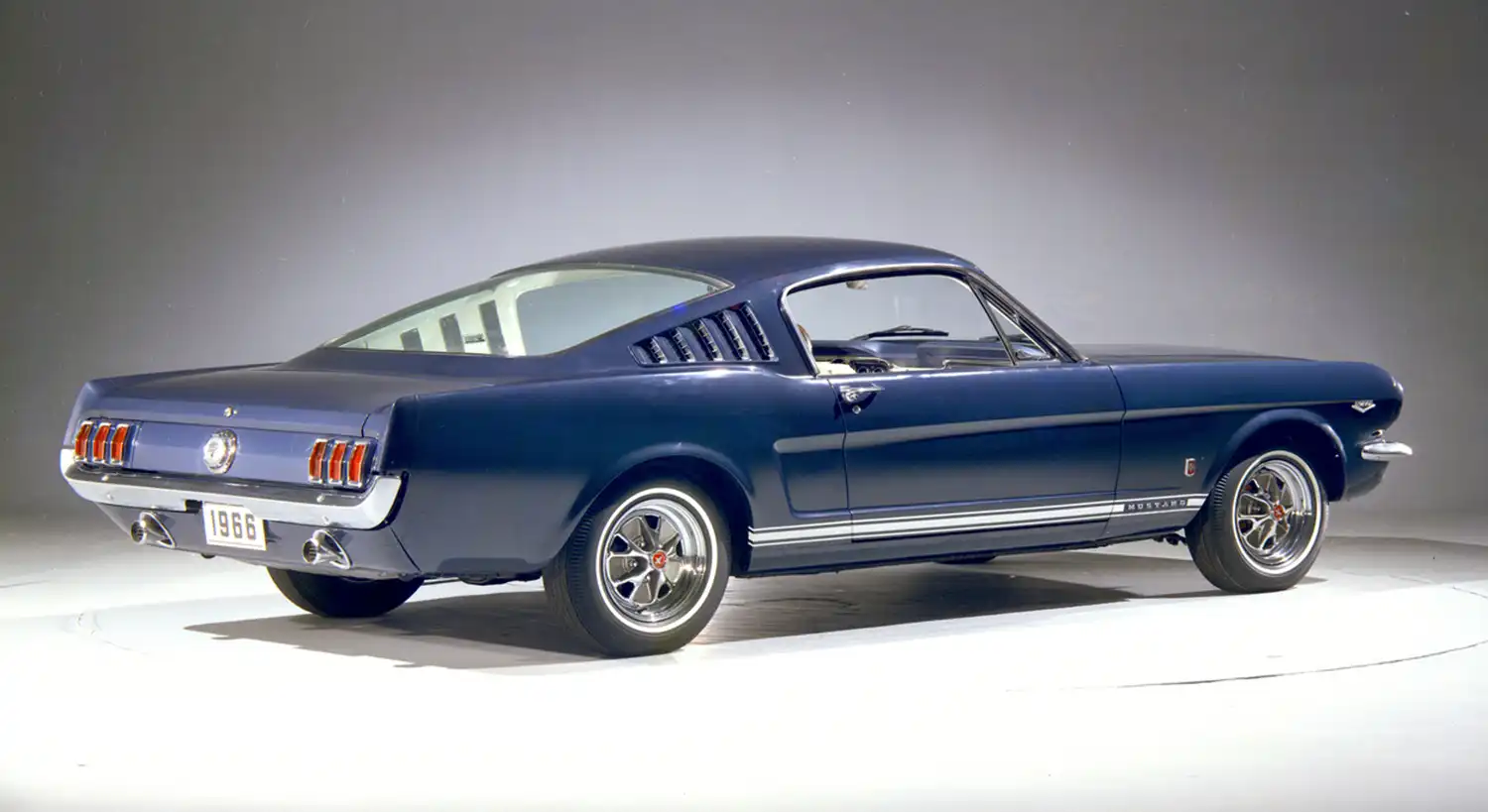
These V8 options provided the 1966 Ford Mustang GT Fastback with quick acceleration. It offered a truly thrilling feeling of power for its era. Transmission choices included three-speed manual, four-speed manual, or three-speed automatic units.
Suspension and Braking Upgrades
The GT package also included essential handling improvements. These enhancements went beyond mere engine power. Specifically, the suspension received a stiffer setup for better roadholding. Additionally, a quicker steering ratio was standard. Power-assisted front disc brakes were also part of the GT package. These features collectively improved the car’s stopping power and handling ability.
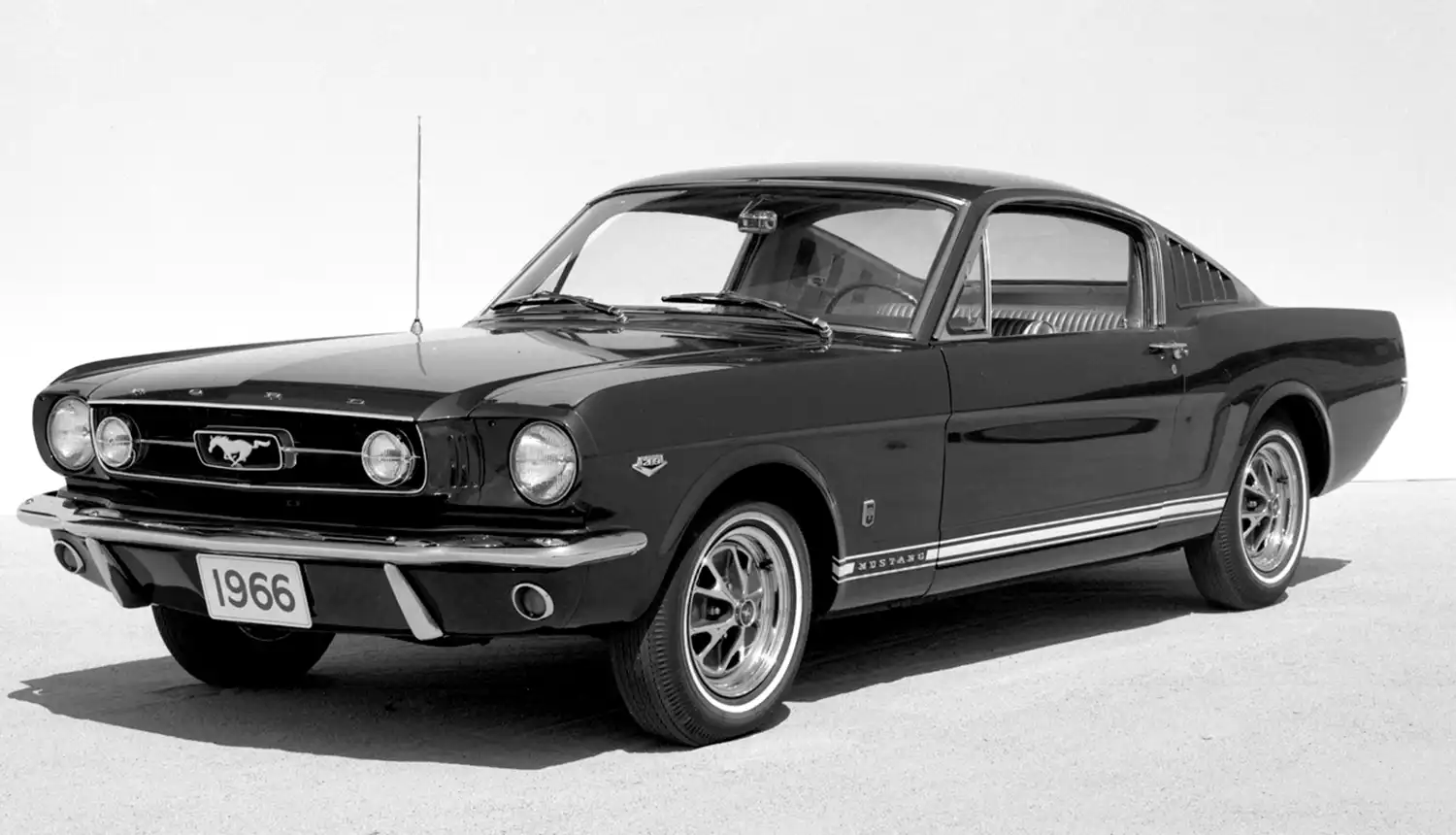
Enduring Cultural Status of the Fastback
The Ford Mustang left an indelible mark on American automotive culture. It single-handedly created the affordable and stylish performance car market. The car quickly became a cultural phenomenon. It appeared in numerous movies and television shows.
Establishing the Pony Car Segment
The Mustang’s instant popularity inspired many key competitors. These rivals included the Chevrolet Camaro and Dodge Challenger. The 1966 Ford Mustang GT Fastback model solidified its position as an American legend. Its initial success paved the way for decades of Mustang production.
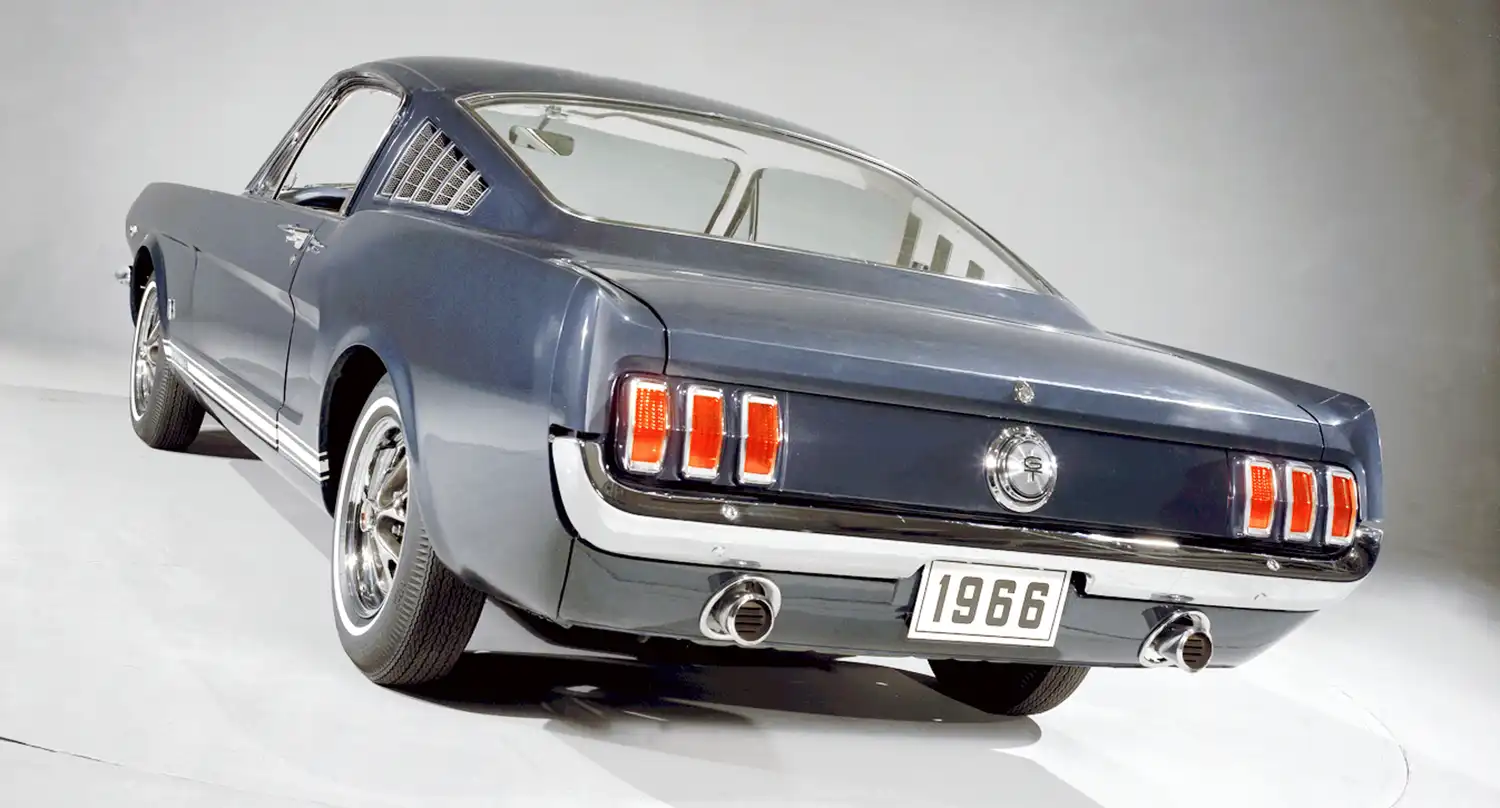
Collectibility and Market Influence
This specific fastback holds a significant place in the collector car market. Its relatively lower production numbers boost its desirability. The desirable styling and GT-specific features make it highly sought after. Well-maintained or correctly restored examples command premium prices today.
The 1966 Ford Mustang GT Fastback helped to define a generation of performance cars. Its influence is still visible in current automotive design trends. The sleek fastback profile remains synonymous with classic American muscle car culture.
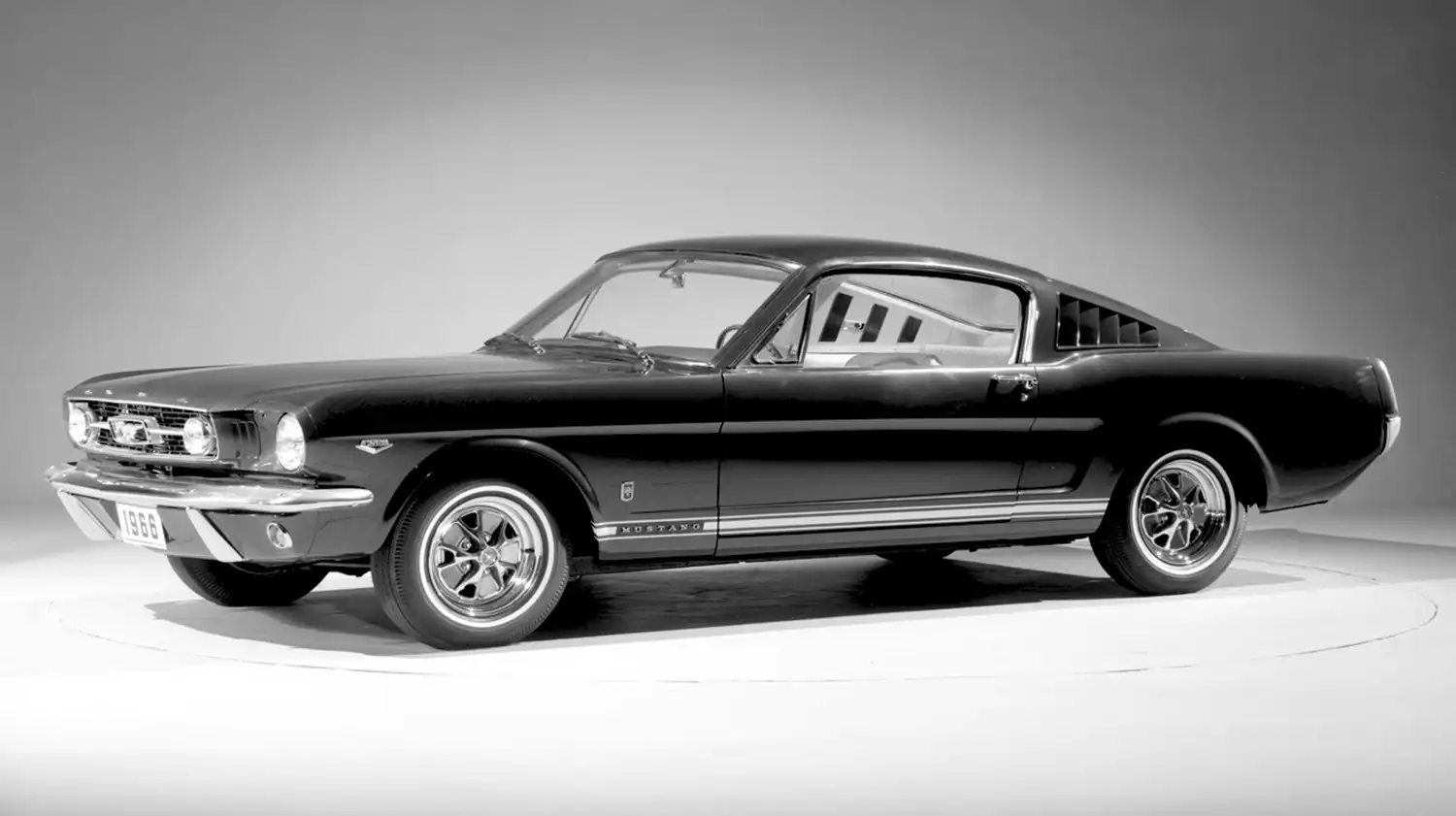
The 1966 Ford Mustang GT Fastback stands as a pivotal model in the Mustang story. It successfully combined sleek, aggressive styling with potent V8 performance. The GT package enhanced its sporting credentials through better handling and braking. Available with the high-output K-Code 289 V8, it was a genuine performance leader of its time. This timeless pony car remains a highly valued and collectible classic worldwide.
Disclaimer: Information regarding the 1966 Ford Mustang GT Fastback is based on generally accepted historical data and specifications. Variations may exist based on specific production details and modifications.
Source: Ford Heritage Vault
